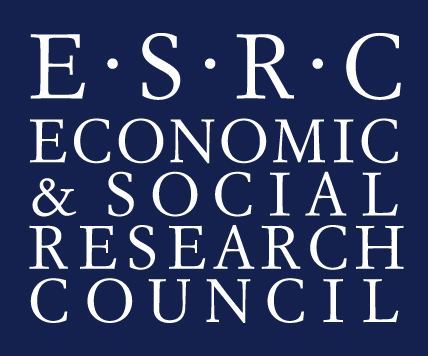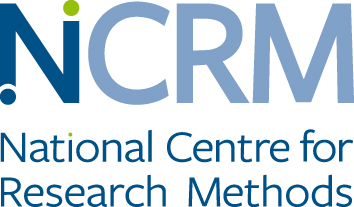Research Methodology
Participatory visual methods
Definitions of participatory visual methods vary, but can be understood as approaches in which research participants are active in shaping the project as co-producers of visual knowledge. Advocates of PVMs discuss the value of these methods for giving ‘voice’ to groups whose experiences are normally marginalised.
Examples of such methods include:
- Participatory mapping
- Body mapping
- Emotion mapping
- Timelines and life mapping
- Auto-photography
- Photo-elicitation
However, there is a lack of evidence regarding the extent to which these methods give ‘voice’ which is meaningful to participants. Also, whilst some visual methods have been used as a tool for advocacy and public engagement, there is a lack of evidence about whether audiences understand the ‘voices’ presented in these.
This project aims to evaluate the utility of these methods for exploring experiences of living in spaces of poverty. Experiences of living in spaces of poverty are a relevant topic for exploring the extent to which PVMs give ‘voice’, as many mainstream representations of living in spaces of poverty are criticised for removing ‘voice’ from individuals. Representations such as those in the television programme Benefits Street are often said to be crafted to fit specific narratives of living in spaces of poverty, which are often said to be linked to anti-welfare ideology. Despite being the ‘subjects’ of these accounts, individuals in poverty often have little power in shaping them.
There is a long history of attempts to visually represent experiences of living in spaces of poverty through research, and recently, methods in this area have undergone a ‘participatory turn’, with participants playing a central role in shaping research data, rather than being the ‘subject’ of research. Thus, in contrast to the stereotypical mainstream media images of living in spaces of poverty, participatory visual methods have been said to give ‘voice’ to people’s own experiences of this.
Methods used in this project
The project does not assume that participatory visual methods inherently give ‘voice’ to participants, or that such ‘voice’ is necessarily understood by ‘audiences’. Instead, it uses feedback to evaluate the extent to which participatory visual methods ‘give voice’.
The methods used in each phase of the project are set out below.
Phase 1: Focus groups with researchers
In phase 1, a focus group will be undertaken with researchers who are experienced in using participatory visual methods. This focus group will explore what is understood by researchers as ‘giving voice’, and the ways in which PVMs are understood to ‘give voice’. The focus group will consist of researchers who are at different career stages and who have used the methods in a range of subjects, in order to ensure that varied knowledges of participatory visual methods are included in this phase. The focus group will compliment a detailed and thorough literature review which will examine the literature on participatory visual methods and ‘voice’.
Phase 2: Participatory mapping and evaluation of participatory maps
In phase 2, the project will work with 12 people living in a specific area, to co-produce visual knowledge about experiences of living in spaces of poverty through participatory mapping. In one-to-one interviews, individuals will be provided with an editable map of their local area, which they can freely edit using various tools and their own visual artefacts.
Post-interview, individual-level data will be passed back to the respective participant, providing an opportunity for 'crafting' their representation. This also builds-in evaluation, in the form of participants’ feedback on the extent to which representations produced give them ‘voice’.
Phase 3: Focus groups to evaluate participatory maps
Phase 3 is concerned with understanding ‘audience’ responses to the visual data produced in phase 2. To explore this, two focus groups will take place.
- One focus group will host practitioners (from the service used for access in phase 2) and participants from phase 2 (as service users). This will explore practitioner understandings of ‘voice’ in PVM outputs, with service users able to respond, highlighting aspects of their own ‘voices’ in PVM outputs.
- Another focus group will host local residents and the general public alongside participants from phase 2. This will explore public understandings of ‘voice’ in PVM outputs (and visual representations more widely), with service users able to respond in the focus group.

